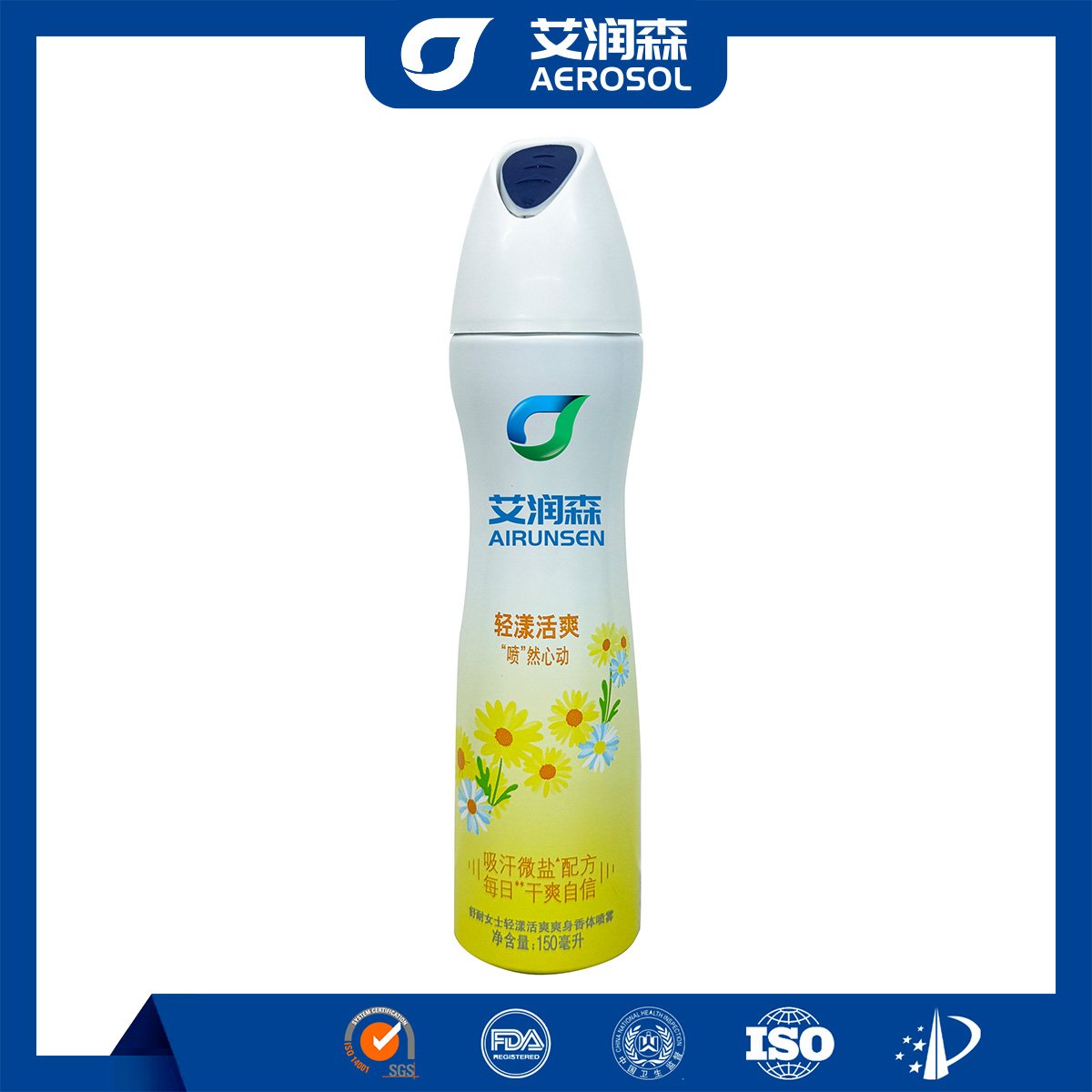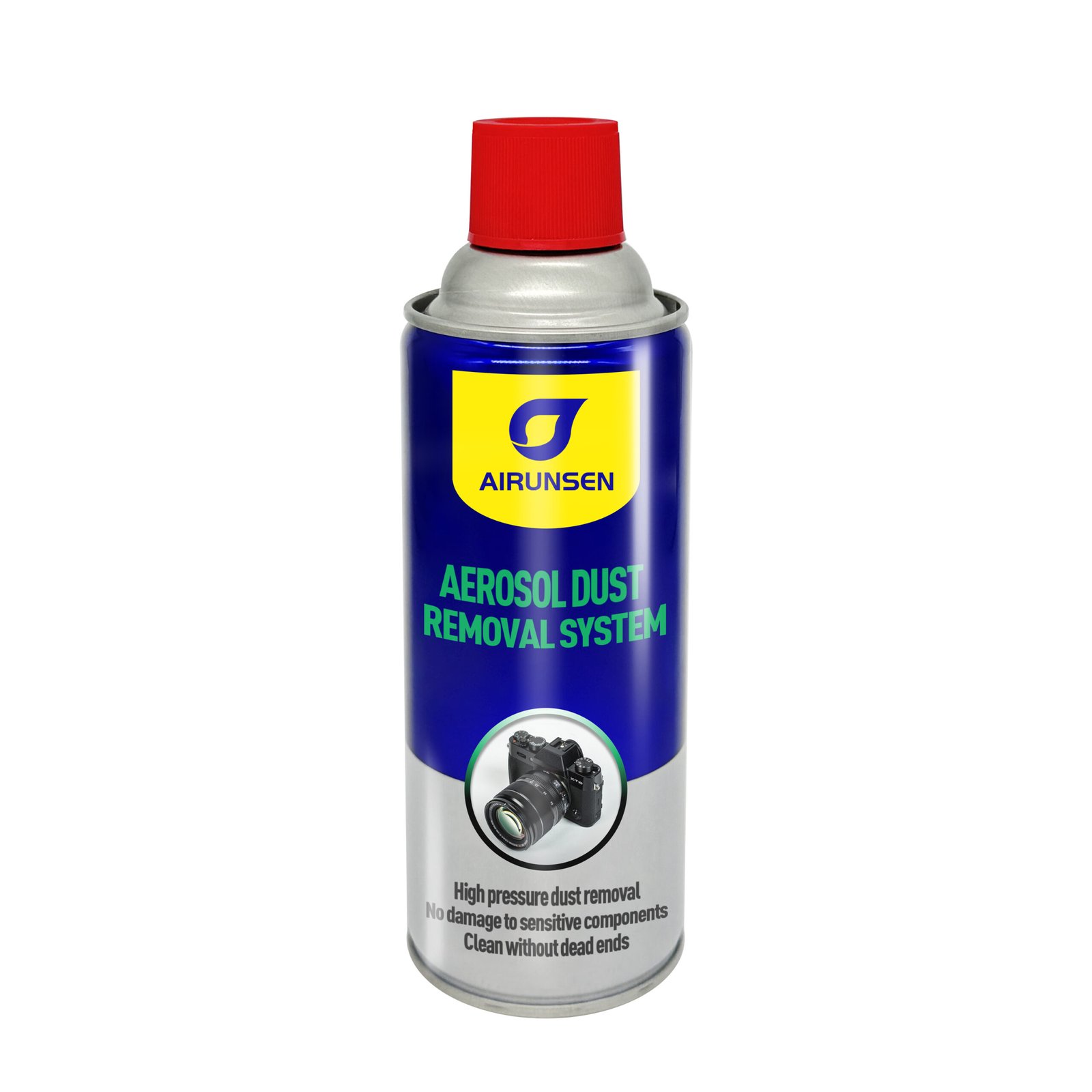- Components:
- Solvents: Commonly include hydrocarbon-based solvents like naphtha or isopropyl alcohol. These dissolve grease, oil, and other organic dirt effectively. They have a relatively low boiling point, which aids in quick evaporation, leaving no residue.
- Surfactants: Added to help break down stubborn dirt and enhance the wetting ability of the cleaner. They allow it to spread evenly over the surface of the electrical equipment, ensuring thorough cleaning.
- Anti-corrosive agents: Such as inhibitors that form a protective layer on metal parts. This prevents rust and oxidation, safeguarding the integrity of the electrical components, especially in humid or corrosive environments.
- Propellants: In aerosol formulations, gases like carbon dioxide or nitrogen are used. They help in spraying the cleaner in a fine mist, reaching all the hard-to-access areas of the equipment.
- Efficacy:
- Deep cleaning: Can penetrate into small gaps, crevices, and connectors of electrical devices to remove dirt, dust, and debris that may cause short circuits, overheating, or malfunction.
- Restoration of conductivity: By eliminating insulating contaminants, it restores the electrical conductivity of contacts and terminals, ensuring proper signal transmission and power flow.
- Prevention of overheating: Keeping cooling fins and heat sinks clean, it allows for efficient heat dissipation, reducing the risk of components overheating and prolonging their lifespan.
- Advantages:
- Non-conductive and non-corrosive: Ensures the safety of the electrical equipment during and after cleaning. It won’t damage sensitive circuits or components, making it suitable for a wide range of devices.
- Quick-drying: Minimizes downtime as it evaporates rapidly, allowing the equipment to be put back into operation soon after cleaning. This is crucial in industrial settings where continuous operation is essential.
- Versatility: Compatible with various electrical materials, including plastics, metals, and rubber. It can be used on transformers, circuit breakers, motors, and control panels, among others.
- Application Scenarios:
- Power generation plants: Used to clean generators, turbines, switchgear, and other large-scale electrical equipment. Maintaining cleanliness helps improve efficiency and reduce the risk of breakdowns.
- Industrial manufacturing: In factories, it cleans robotic arms, conveyor belts’ electrical components, and production line machinery. This ensures smooth operation and reduces production errors due to dirty equipment.
- Commercial buildings: For cleaning elevators’ control systems, HVAC (Heating, Ventilation, and Air Conditioning) units’ electrical parts, and building management systems. It helps maintain reliable service for occupants.
- Residential use: Homeowners can use it to clean electrical appliances like refrigerators, washing machines, and ceiling fans. It keeps them running efficiently and extends their service life.



















